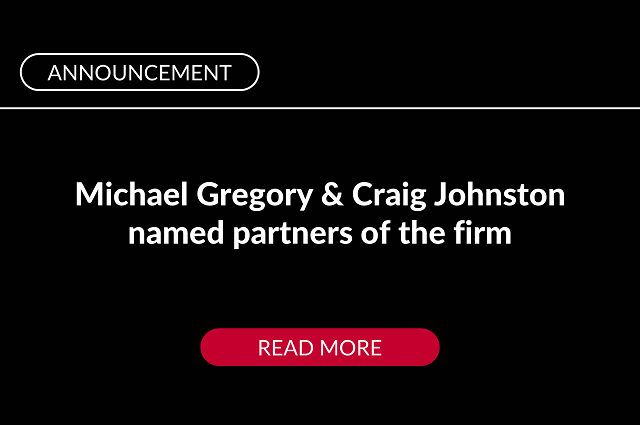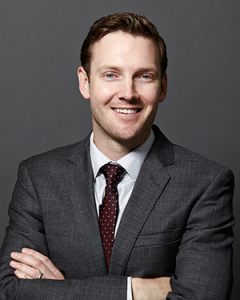GGA Partners Releases New Whitepaper on Private Club Branding as Part of Thought Leadership Series
‘Speaking the New Language of Brands’ Now Available for Download
TORONTO, Ontario – International consulting firm GGA Partners has released Speaking the New Language of Brands, the second in its new series of thought leadership whitepapers. This authoritative guide redefines a traditional brand value equation and illustrates how adding emotion and experience to a private club’s brand story will increase its value with members.
Speaking the New Language of Brands highlights ways iconic “mega-brands” mold, define, and advance their organizational identity toward the goal of influencing consumer purchasing decisions. The paper evaluates a traditional outlook on the brand value equation and asserts a redefinition which paves the way to enhanced value perceptions among private club members.
“Traditionally, the key to building value in the eyes of the consumer has been demonstrated in a simple equation, where perceived value is equal to performance divided by price,” explained Henry DeLozier, one of several authors of the piece. “We believe there is a far more effective – and cost efficient – way to increase the value members place in your club and in your brand. It’s by introducing emotion and experience into the equation.”
In addition, the whitepaper argues that a successful branding program is based on the idea of “singularity” and should be designed with differentiation as the primary goal. “Harkening to the days of the Old West, a branding program should differentiate your cow from all of the other cattle on the range,” said DeLozier. In other words, creating in the mind of a member or prospective member the belief that there is no other club on the market quite like your club.
Building a brand is easier said than done. For club managers not familiar with the brand development process, the whitepaper explains six essential steps for clubs to follow when constructing their brand and draws on examples from inside and outside the private club business.
In addition to branding, GGA Partners recently published a new strategic planning whitepaper and has confirmed that others in the series focused on governance and innovation will be published through the third quarter of 2020.
Click here to download the whitepaper
About GGA Partners
GGA Partners™ is an international consulting firm and trusted advisor to many of the world’s most successful golf courses, private clubs, resorts, and residential communities. We are dedicated to helping owners, asset managers, club and community leaders, investors and real estate developers tackle challenges, achieve objectives, and maximize asset performance.
Established in 1992 as the KPMG Golf Industry Practice, our global team of experienced professionals leverage in-depth business intelligence and proprietary global data to deliver impactful strategic solutions and lasting success. For more information, please visit ggapartners.com.
Media Contact:
Bennett DeLozier
GGA Partners
602-614-2100
bennett.delozier@ggapartners.com













